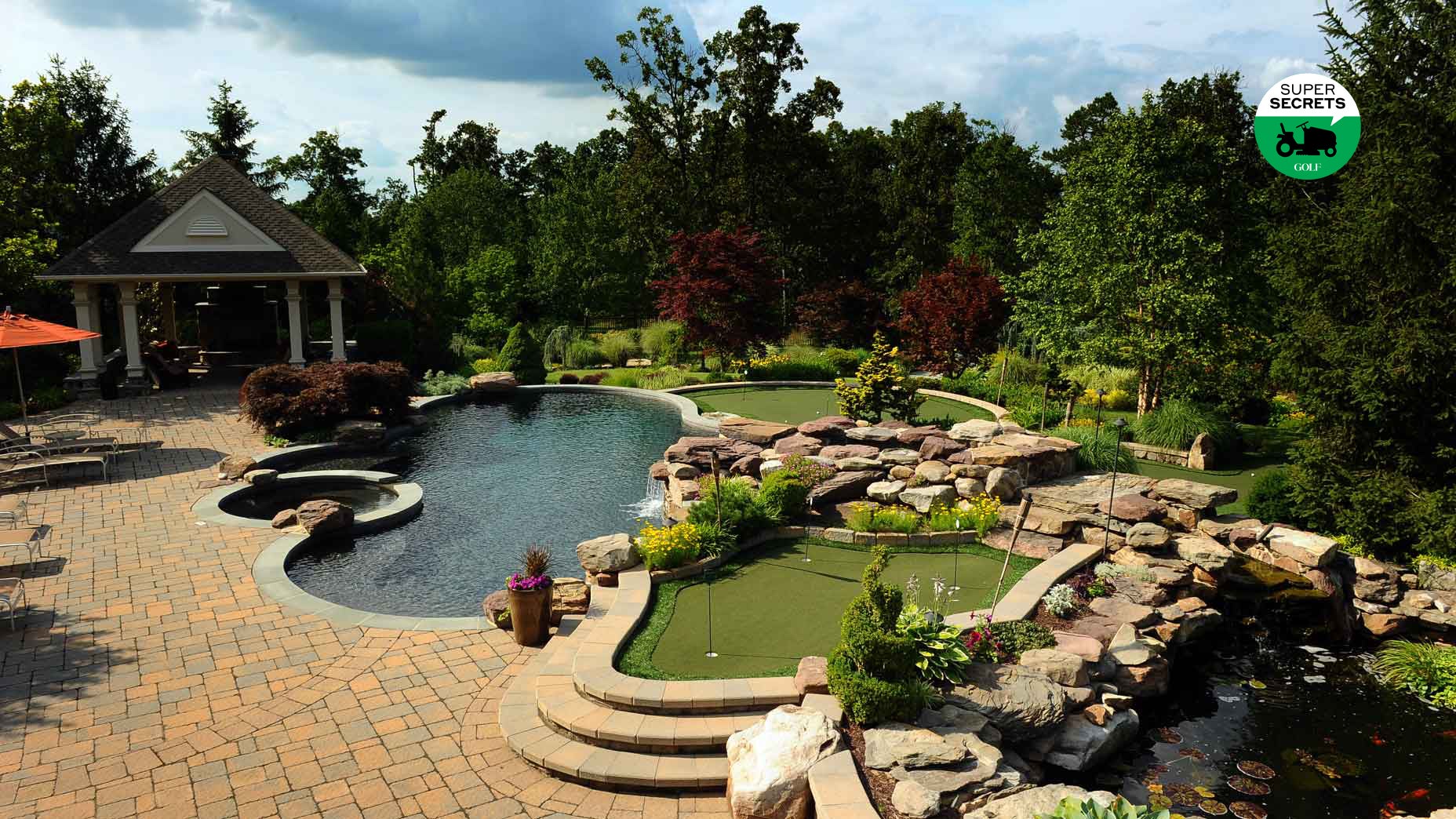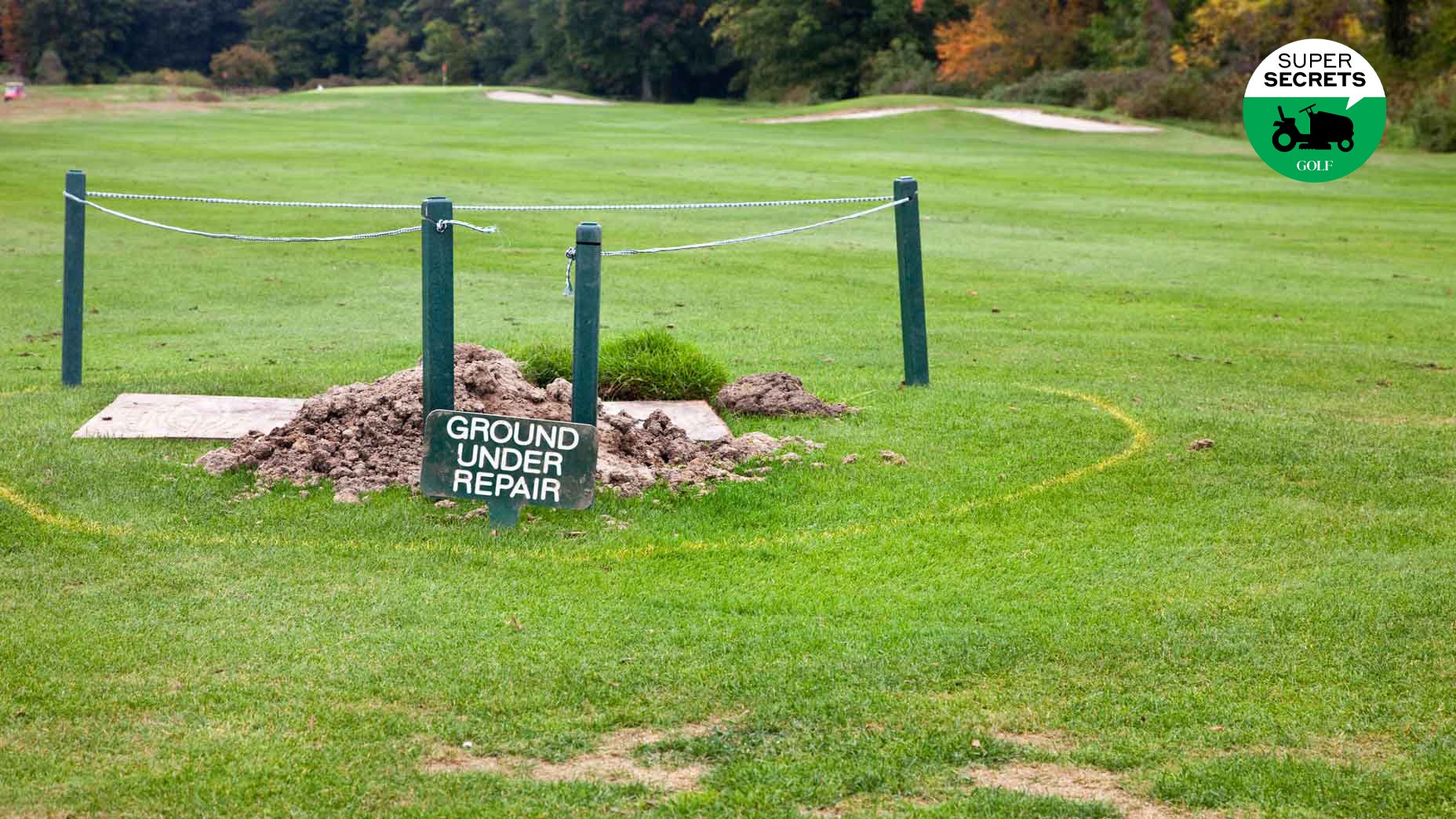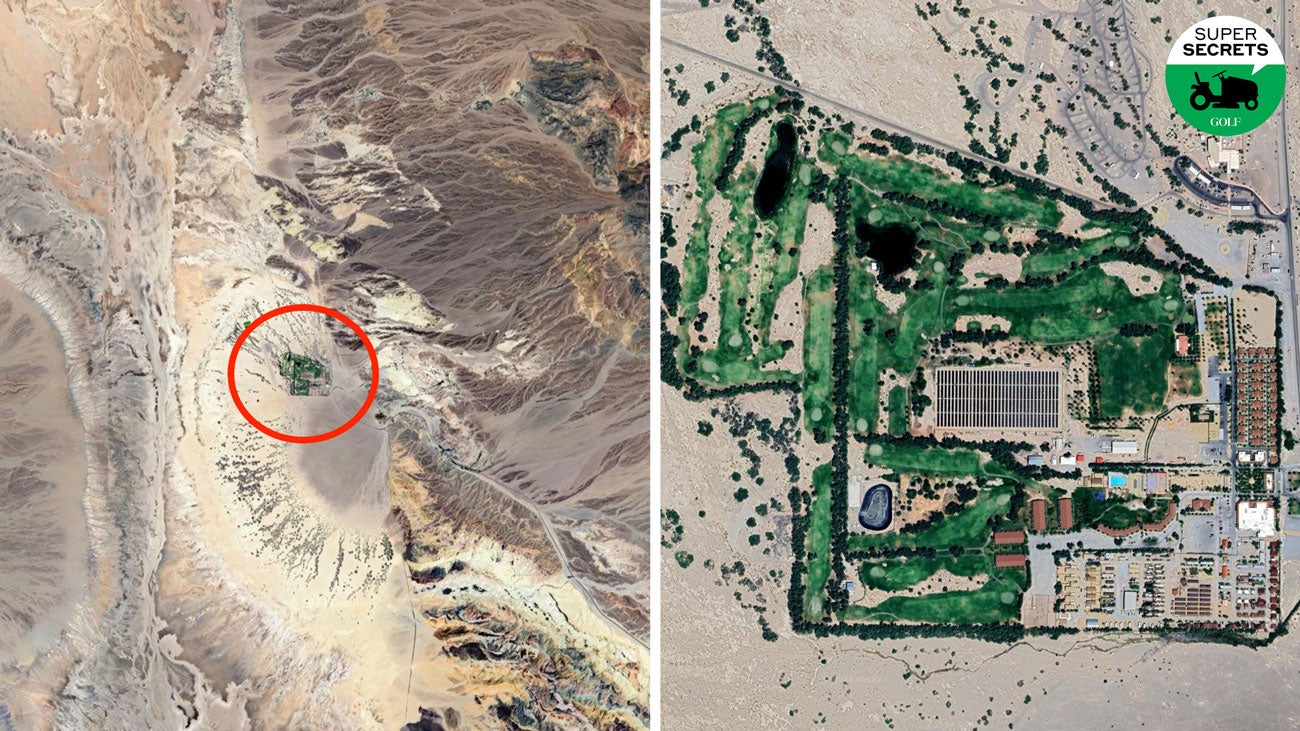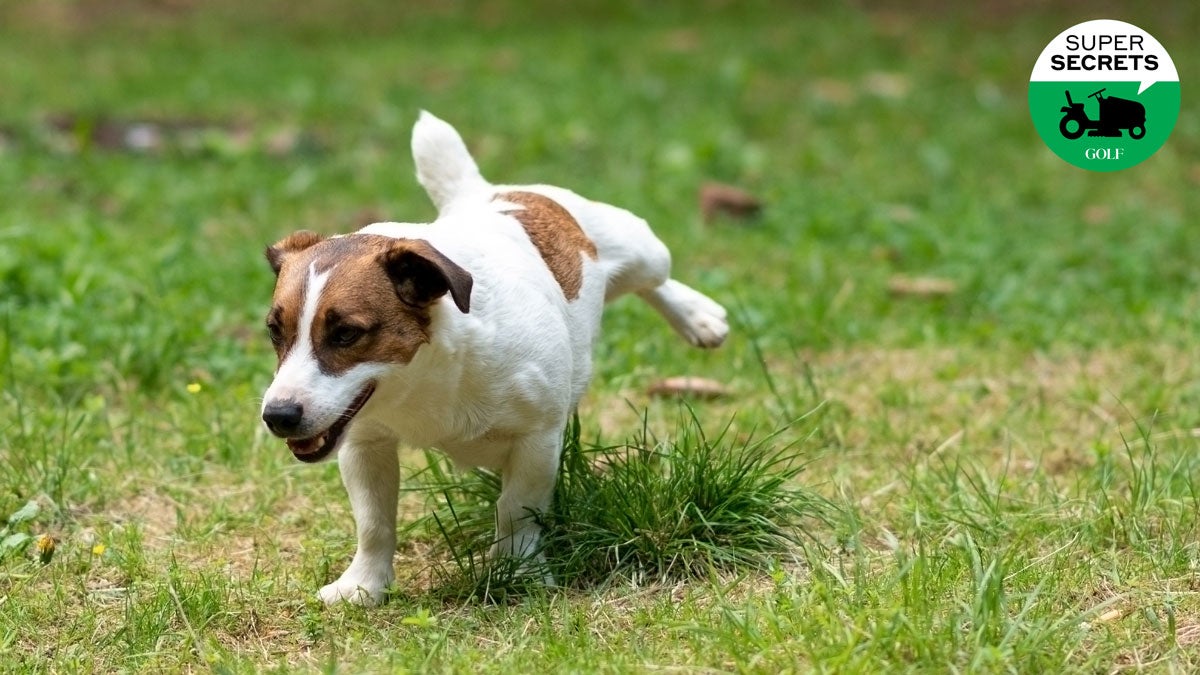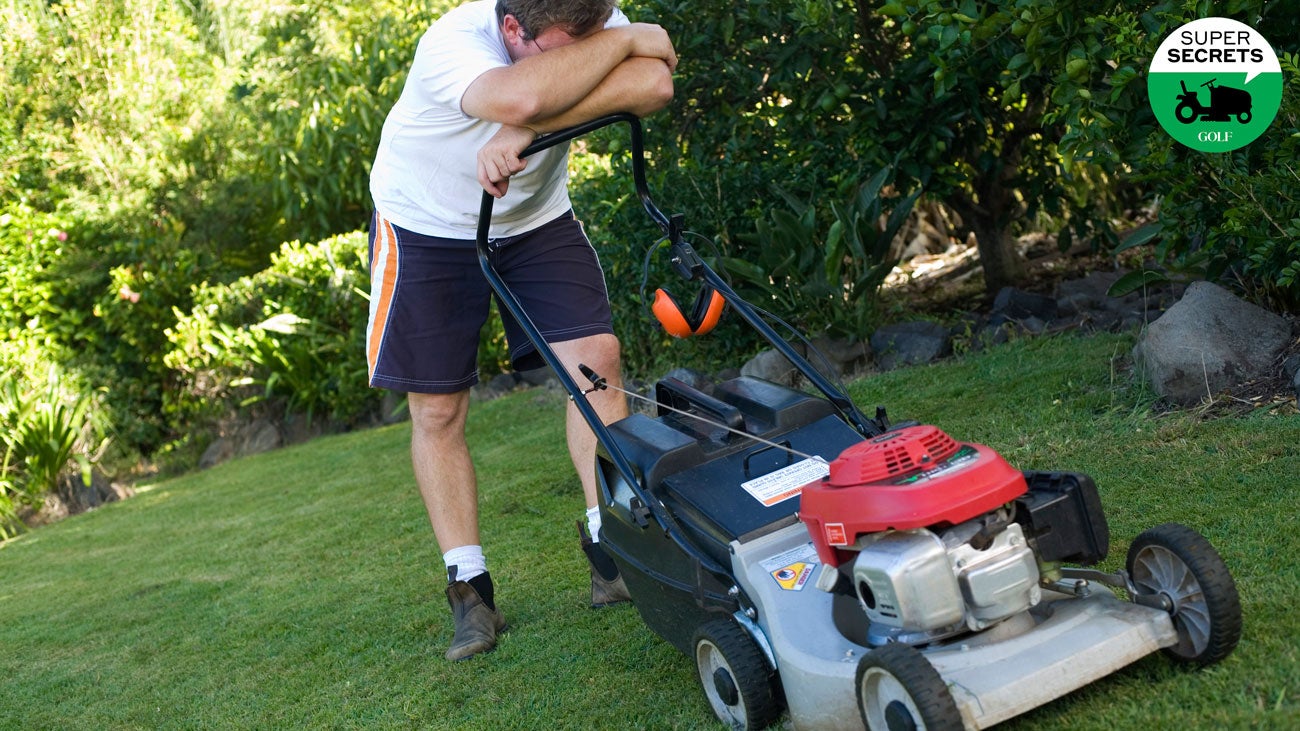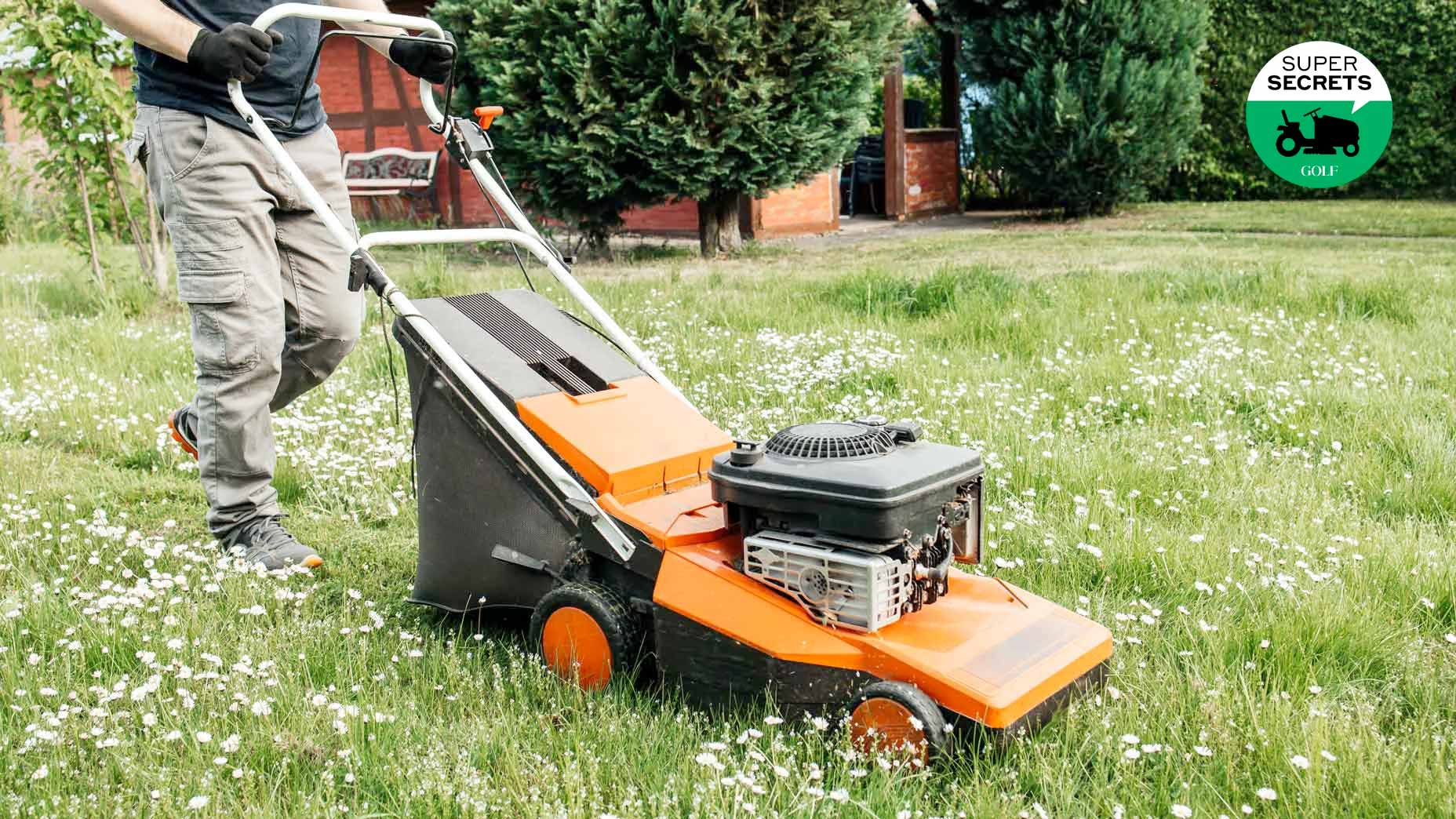How to heal ugly bare patches in your yard, according to a superintendent
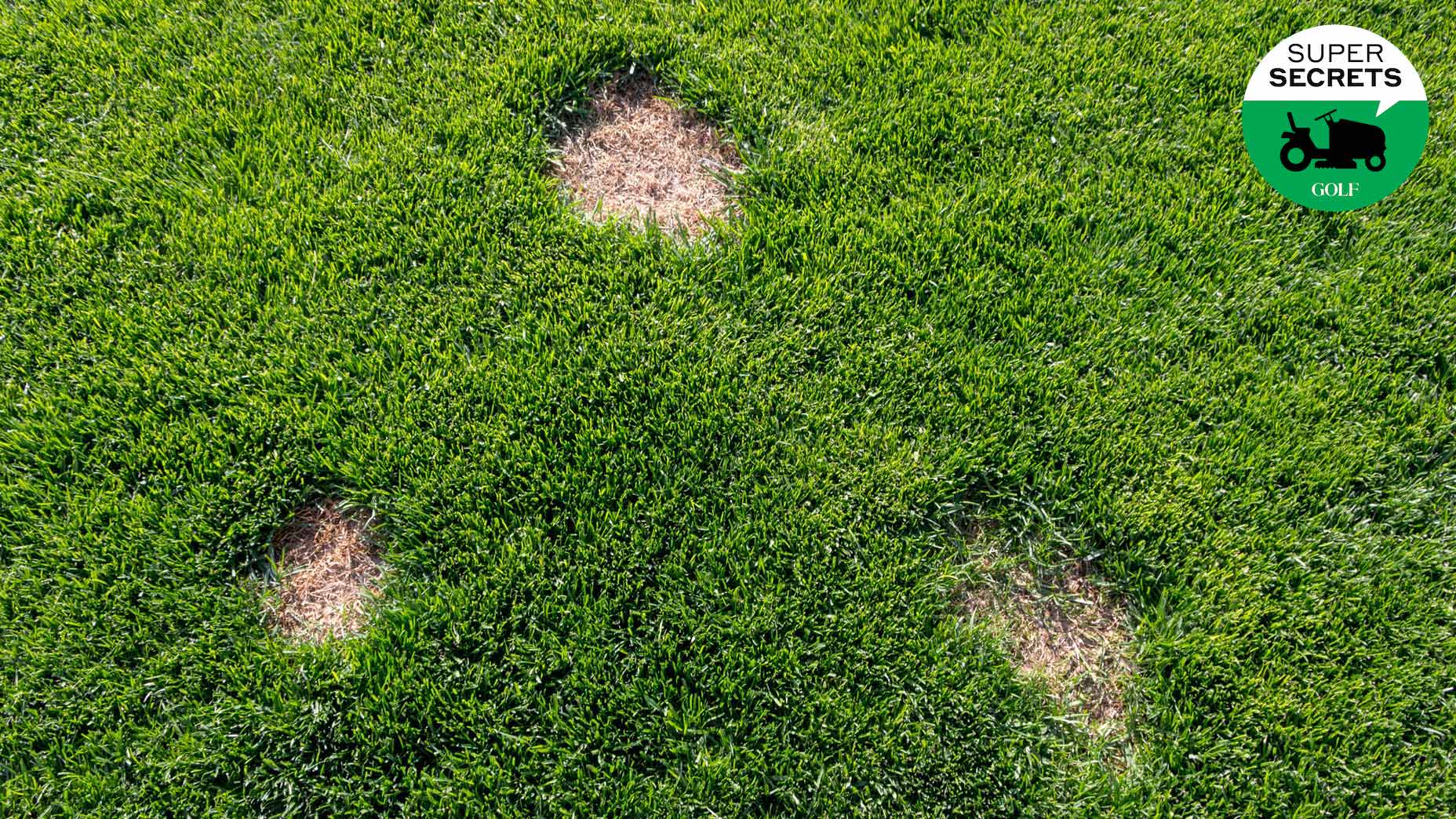
Bare patches in your lawn? No thanks.
Getty Images
Can we talk about bald spots? Not on your pate. On your property. Those unsightly bare patches in your yard.
A high-ranking Golf.com editor has been wrestling with this problem. On his otherwise lush lawn, there are stubborn areas where seed won’t take. Maybe you’re dealing with this, too.
What’s going wrong? Is it time to sod instead?
Steve Sarro is director of grounds at Pinehurst Country Club, in Denver, Colo., and a longtime member of the Golf Course Superintendents Association of America.
We asked him to run us through potential bare-spot issues and the options for dealing with them.
Improper irrigation
It could be overwatering. Or under-watering. Or watering with such force that the seeds wash away. Seeds don’t need a deluge. Light and frequent watering is the way to go. Depending on the weather, four to five minutes, three to four times a day should do the trick. “It’s really in the top inch or two (of the soil) where the magic happens,” Sarro says. After about 10 to 14 days, your young grass should be starting to get established.
Soil problems
It should not come as a shock that grass does not do well in unhealthy soil. But that’s probably not the problem — not if the rest of the lawn is lush. It could be that the ground is overly compacted, or that the seeds have merely been scattered on the surface; they need adequate soil contact to do their thing. In any case, prepping the ground is important. It doesn’t take a lot of work, just a light going-over with a garden rake to loosen the surface of the soil. When it comes time to seed, use the same garden rake, or even your hands, to work the seeds gently into the soil.
Animal activity
Golfers aren’t the only ones who take relief. Dogs can be an issue, especially female dogs, Sarro says, as their urine is high in nitrogen, which can be toxic for grass. And don’t even get us started on birds and rodents; for them, seeds make a nice meal. The good news is that simple fencing with a mesh covering can provide a safeguard. Any barrier, really, to keep the animals out, so long as it allows for air and moisture flow.
Limited bandwidth
The bottom line is that seed requires more babysitting than sod, so if you’re on the road a lot, or trapped on all-day Zoom calls, you might not have the time or energy for it. As with any household task, a lot depends on your schedule and your appetite for the work itself. If you don’t have the bandwidth to babysit new growth, sod might be the way to go.
Seasonal considerations
In general, spring and early fall are the best times to plant new grass, as it can be hard for seed to germinate in summer heat. Searing temperatures can be tough on sod as well, but it stands a better a chance than seed.
Shady ground
“Turf grass does not compete well with trees,” Sarro says. This is a big topic (to be addressed in a forthcoming Super Secrets), but here’s the CliffNotes version: trees might be starving your grass of sunlight. Pruning or tree-removal is a possible solution. But we’ll get into that at another time. For now, simply note that if parts of your yard are heavily shaded, you might have to live with suboptimal grass.
Proper steps with sod
So, you’re going with sod? It costs a little more than seed but requires less effort. Since you’re working on small patches, you don’t need to purchase an entire pallet. That would be a waste. If there’s a sod nursery in your area, contact them and see if they’ll sell you a single roll. Another option is to pull up a healthy piece of turf from some elsewhere around your home and replant it in the bare spot; maybe there’s an area in back, hidden from view, where a bit of grass will not be badly missed. You can dig that turf up with a garden shovel, making sure you go deep enough that you’re also taking up the roots). As with seed, you’ll need to prep the ground, making sure that it is level (if it’s humpy and bumpy, the sod will not take root evenly). If there’s old sod in the ground, remove that, along with any other thatchy organic material. You don’t want any barriers between the sod and the soil. Sod does not require as frequent watering as seed; one or two healthy waterings a day is usually sufficient, Sarro says; enough so that when you step on the sod barefoot, you see water around your feet. Be sure that the area drains well, though, as you don’t want sod sitting in pools of water for prolonged periods. After about a week, the sod should be established enough that you can shift to normal watering patterns.



